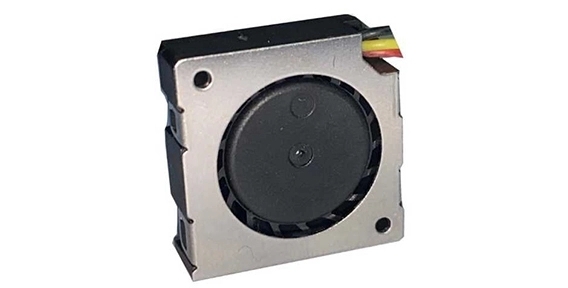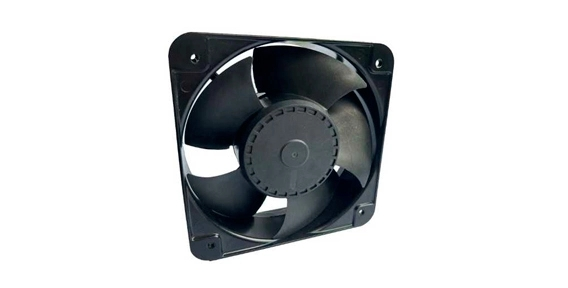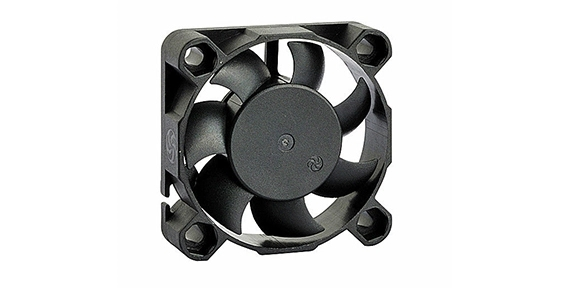DC blower fans are widely used in various industries and applications for their efficiency in moving air. To ensure optimal performance, controlling the speed of these fans is crucial. One effective method of controlling the speed of DC blower fans is through Pulse Width Modulation (PWM). This article will explore the basics of PWM in DC blower fan control, how PWM enhances precision in operation, the quest for green technology in relation to DC blower fans, and the harmonious symphony of DC blower fans and acoustic comfort.
The Basics of Pulse Width Modulation in DC Blower Fan Control
PWM is a technique that regulates the average power delivered to a load by rapidly switching the power source on and off. In the case of DC blower fan control, this involves varying the duty cycle of the fan's power supply. The duty cycle represents the percentage of time the power is on compared to the total period of the signal. By adjusting the duty cycle, the fan's speed can be controlled.

How PWM Enhances Precision in DC Blower Fan Operation
PWM offers precise control over the speed of DC blower fans, allowing for greater flexibility in various operating conditions. By adjusting the duty cycle, the RPM of the fan can be finely tuned, providing precise airflow control. This precision allows for more efficient cooling and reduced power consumption, leading to cost savings and improved performance.
DC Blower Fan and the Quest for Green Technology
In today's world, the pursuit of green technology is an important consideration in any industry. DC blower fans, being energy-efficient devices, contribute to this quest. PWM further enhances the green aspects of industrial axial fans by reducing power consumption during low-demand periods. By adjusting the duty cycle to match the required airflow, energy wastage is minimized, making DC blower fans a sustainable choice for various applications.

The Harmonious Symphony of DC Blower Fan and Acoustic Comfort
Noise reduction is a crucial factor in ensuring a comfortable environment. DC blower fans, when operated at high speeds, can generate considerable noise levels. PWM control plays a significant role in reducing noise emissions. By adjusting the duty cycle, the fan's speed can be regulated to maintain a balance between airflow requirements and acoustic comfort. This leads to a quieter and more pleasant environment without compromising on performance.
Pulse Width Modulation (PWM) is a powerful tool in controlling the speed of DC blower fans. Its ability to adjust the duty cycle offers precise control over the fan's RPM, enhancing performance, energy efficiency, and acoustic comfort. As industries focus on green technology and sustainability, PWM-enabled DC blower fans are an excellent choice, reducing power consumption and contributing to the quest for a greener future. Whether it is in cooling systems, electronic enclosures, or HVAC applications, PWM provides an effective solution for controlling DC blower fans and improving overall system efficiency.

 EN
EN 

 +
+
 +
+
 +
+



